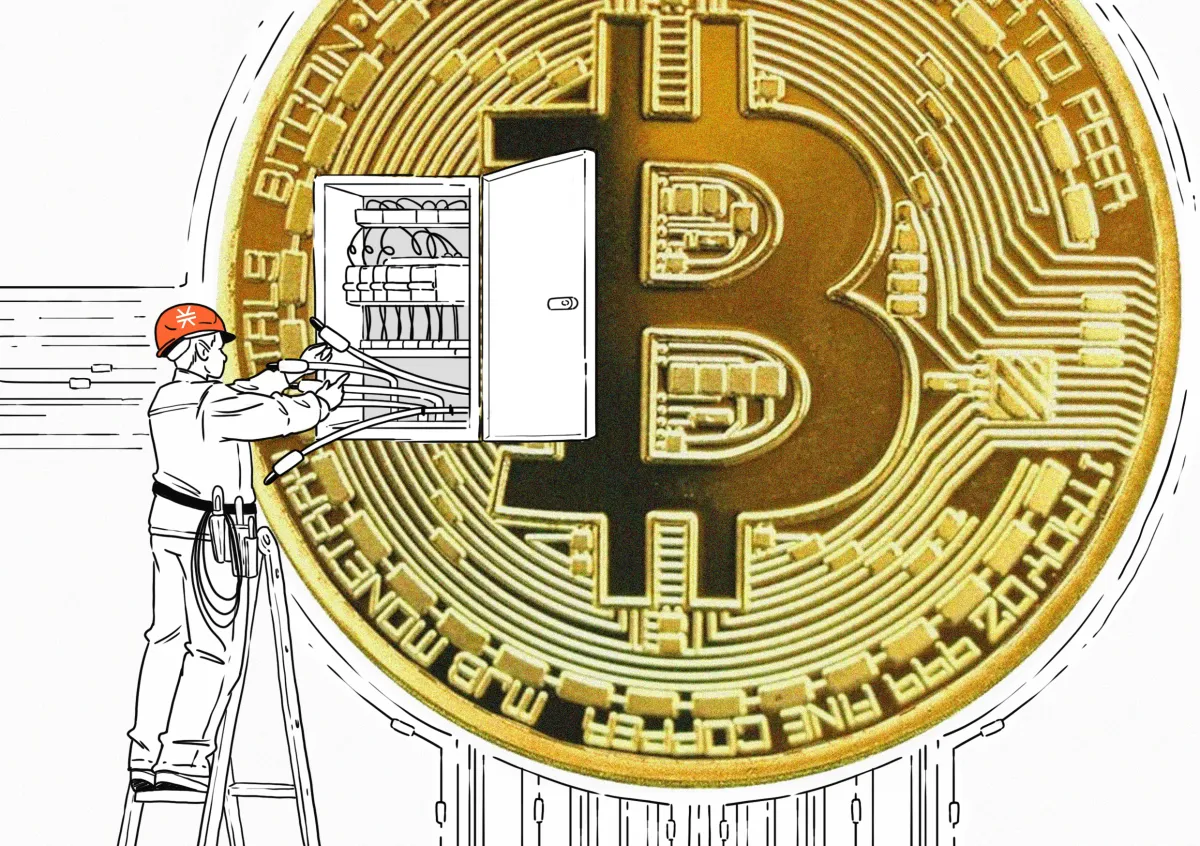
Last week, the Stacks blockchain community "resoundingly" voted in favor of the Nakamoto Upgrade - a significant step forward for the network. This upgrade promises to enhance speed and security, laying the groundwork for a more robust development environment.
Stacks, launched in 2018 as Blockstack, is an open-source Layer-2 (L2) blockchain that tackles a key limitation of Bitcoin: its lack of support for smart contracts. By operating alongside Bitcoin, Stacks enables developers to build decentralized applications (dApps) and decentralized finance (DeFi) features on top of Bitcoin's secure foundation. This unique approach expands Bitcoin's functionality without altering its core structure, essentially creating a more versatile Bitcoin for the Web3 sector.
Comprised of over 60 apps, Stacks has a rapidly expanding app ecosystem focused on unlocking Bitcoin's potential. ALEX (formerly StacksSwap) recently became the world's leading L2 Bitcoin DeFi platform, offering a comprehensive DeFi platform for Bitcoin users. This "one-stop shop" allows secure trading of STX and other Stacks tokens and provides tools to build DeFi applications. Arkadiko continues to lead the way in NFT development on Stacks, providing a user-friendly platform for minting and trading NFTs. Its 2.0 version was released last week.
The Stacks ecosystem is poised for a major leap forward with the Nakamoto Release, addressing the critical issue of slow transaction speeds by allowing faster processing between Bitcoin blocks, while still maintaining Bitcoin's robust security. This paves the way for sBTC, a wrapped digital token mirroring Bitcoin (1:1) but with the added ability to interact with smart contracts and dApps on Stacks. This unlocks a treasure trove of possibilities for developers, allowing them to integrate Bitcoin's security and value directly into Stacks applications. Essentially, the Nakamoto Upgrade acts as the foundation for sBTC, a programmable version of Bitcoin usable within Stacks, allowing a new wave of Bitcoin-based applications while simultaneously activating dormant Bitcoin capital. By enabling programmability and versatility, Stacks, with sBTC at its core, positions itself as a key player in driving DeFi innovation.
In a blog post shared on March 19, Stacks broke down the voting results, highlighting the overwhelming community support for the Nakamoto Upgrade. Nearly all stacked and non-stacked STX holders voted for the release, with very few dissenting votes.
As SIP-021 (Stacks Improvement Proposal) outlined, the Nakamoto Upgrade required at least 80% approval from stacked STX voters and at least 66% from non-stacked STX voters.
Every single vote from those holding stacked STX said 'yes' to the upgrade, amounting to over 150 million STX distributed across nearly 400 accounts. Additionally, an impressive 99.98% of non-stacked STX holders supported the upgrade, contributing a total voting power of over 1.5 million STX through more than 2,300 accounts. Dissent was minimal, with only 271 STX from a mere 16 accounts casting opposing votes.
The @Stacks Nakamoto Upgrade: Approved 🟧
— Stacks Foundation 🟧 (@StacksOrg) March 19, 2024
The community resoundingly votes "yes" for the Nakamoto upgrade. A huge win 🧡
- For voters with Stacked STX, every vote was cast in favor of the upgrade
- For non stackers, 99.98% voted in favor of the upgrade
More info below 🧵1/4 pic.twitter.com/qqeX4w9Y0s
Compared to the Stacks 2.1 vote, the Nakamoto Upgrade saw a dramatic surge in community participation. The total number of votes cast skyrocketed by 465%, with 2,717 accounts participating compared to just 481 in the Stacks 2.1 vote. Additionally, the total amount of STX used for voting increased by 25%, reaching 177 million STX from the previous vote's 142 million STX.
The Pre-Launch Testnet has been active since March 11. With the community's near-unanimous approval secured, the Nakamoto Upgrade rollout will proceed according to the following timeline:
- The Nakamoto Testnet is expected today and will be the main Stacks testnet going forward.
- Nakamoto Mainnet Instantiation (Step 1): Scheduled between April 15-29, it includes most of the Nakamoto code but will not activate the new features yet. This allows signers to register on the network without affecting live operations.
- Nakamoto Mainnet Activation (Step 2): Planned to occur between May 15-29, this will activate all new Nakamoto features, including signer-based validation, faster blocks, and Bitcoin finality.
A dedicated window between Steps 1 and 2 will be available for signers to register on the network and thoroughly test their setups to ensure a smooth transition. This allows them to become familiar with the system and identify any potential issues before they are relied upon for validating blocks.
The upgrade also paves the way for the future introduction of sBTC. According to the Stacks team, we can expect an sBTC roadmap over the next months.

